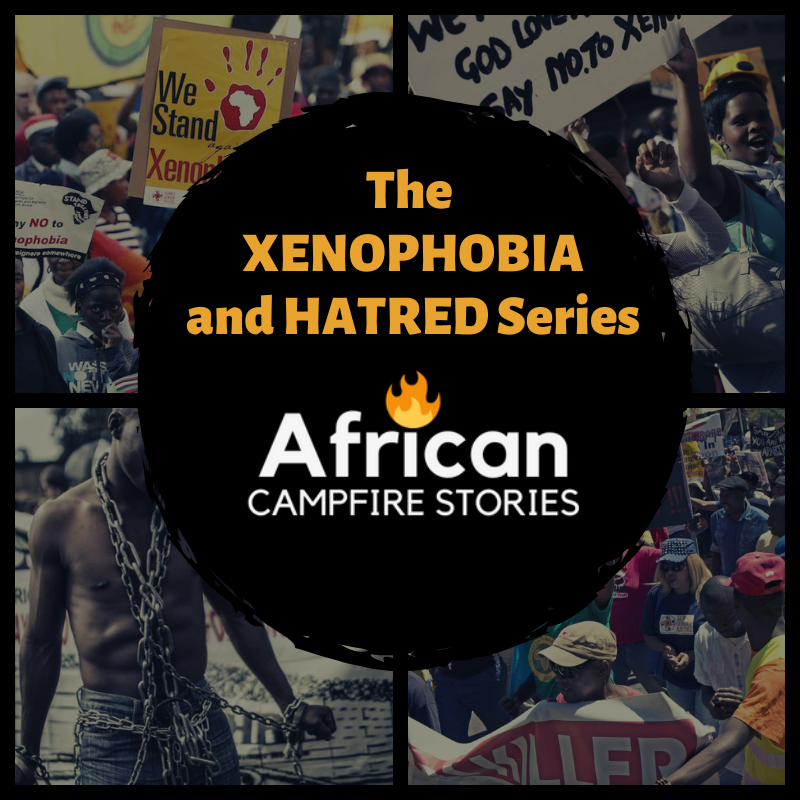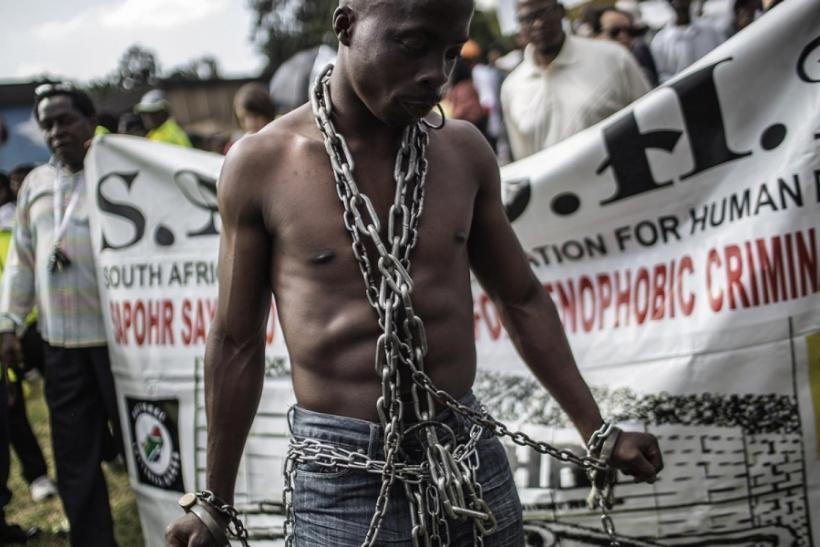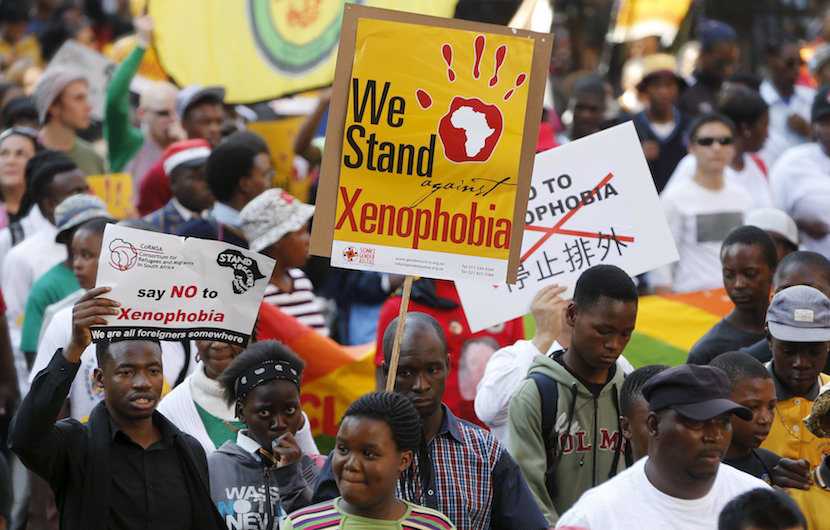For today’s article, we will again make use of the book Why Nations Fail – The Origins of Power, Prosperity and Poverty – by Daron Acemoglu and James A. Robins (2012) – as we did on Part Five.

In Part Five (the previous article) of our ongoing discussion on the sources of African poverty, we introduced a city, called Nogales, that is split into a USA part (Nogales, Arizona) and a Mexican part (Nogales, Sonora).
Part Five provided an alternative theory to the one presented in Part Four. The theory in Part Four put forth the reason of geography as one of the key causes of lack of economic development.

In the case of Nogales, Arizona, and Nogales, Sonora, you have a one city that off cause has the same geography, climate, people and culture. But yet the Mexican part of the city is much poorer.

In the American part of Nogales the average household income is $30 000.00. For the Mexican part, household income is on average only a third of that figure. Most teens in the American part are in high school and most of the adult population finished high school. In the Mexican part, most teens are not in school and most adults do not have a high school education. The list of comparative indicators goes on and on in that vain.
What could be the cause(s) of this extreme economic disparity?

Before we look at the causes put forth by Acemoglu and Robinson, let us look at Africa for a moment.
In Part One, we stated that Japan had the luck of having the USA come bully and scare her into developing quickly in the 1850s. The USA came in, manhandled Japan, and then in essence left her (Japan) alone to develop; in the Western definition of that term. This helped Japan to avoid being colonised. So much so, as we stated in Part Two, Japan was able to attack the USA in 1941.
In Africa the experience was different. Let us take the case of the great Kingdom of the Bakongo; that is, modern day Democratic Republic of the Congo. The Kingdom also had a “heads-up” in terms of development. Meaning that the Kingdom had long exposure to Western technology before it was conquered by the King of the Belgians in the 1880s.

From 1483, when a Portuguese man named Diogo Cao assisted in bringing Western-style technologies to the Kongo and neighbouring regions, the Bakongo and other neighbouring tribes had exposure to technology like the wheel and Western agricultural implements. But these technologies did not take on in the region. This was not a case of the Bakongo rejecting Western civilisation. The Kongo did begin adopting Western dress, Western houses, and Western literacy.
Another technology that the Kongo and their neighbours enthusiastically adopted was the gun! So, the region adopted some Western things – but seemed to leave out the kind of contraptions that would help them to develop economically.
But, wait! The gun was adopted for economic reasons. The gun was used in the slave trade, a trade that many in the African ruling class of that region gleefully participated in. The guns would help in the capturing of slaves and then securing them for sale to foreign slave traders! But needless to say, the African-on-African slave trade did not benefit the ordinary African. It ONLY benefited the African kings, chiefs and the ruling class.
The Kongo, at that time, had all the key elements that are key for economic development; elements such as centralisation and a significant population. Their capital, Mbanza, was as big as the Portuguese city of Lisbon at the time – and it was bigger than London (Mbanza had about 60 000 people. London had about 50 000). The Kongo was ruled by strong kings.
It also didn’t help that the Portuguese sent missions, in 1491and 1512, to specifically assist the region in adopting technologies that would be helpful in economic development!
Eventually the region was eventually colonised; which off course stifled the economic development of the native Africans. Later on, post-independence, the native African governments also did not help matters in terms of the economic development of the ordinary person.
The reasons described by Acemoglu and Robinson for lack of, or slow, economic development in sub-saharan Africa before colonisation and post-colonisation are the same as the reasons for the poverty in the Mexican part of Nogales
Catch us next time, on Part Seven; we will discuss these reasons.
NOTE – African Camp Fire Stories Podcast:
The African Camp Fire Stories Podcast will tackle more stories concerning the Kongo (DRC). We will be covering the DRC later on in our current Cold War Pawns series (starting from Episode 11) – check out the series, it is currently available on the ACFS website (this website). We will also discuss the DRC much later on, as its own full series.




